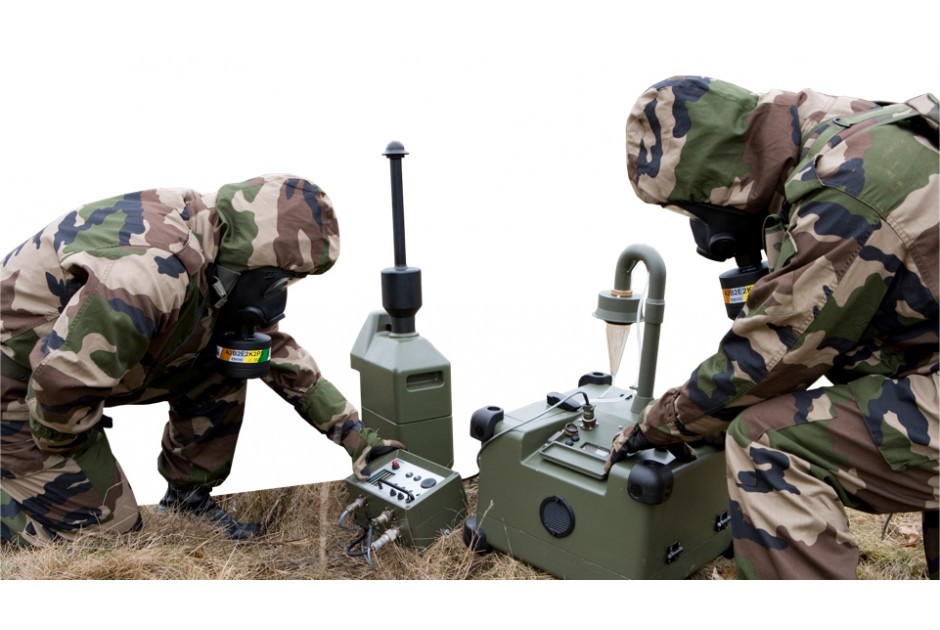ISO 11228 1 Manual handling lifting and carrying risk assessment testing
The ISO 11228 standard provides a comprehensive framework for assessing risks related to manual handling, lifting, and carrying activities. This service focuses on the first part of the standard (ISO 11228-1) which outlines how to conduct a risk assessment in order to identify potential hazards and implement control measures. Understanding these risks is crucial in industries where employees perform physically demanding tasks, such as military operations.
The military sector demands high levels of performance from its personnel. Soldiers often engage in activities that require them to lift heavy equipment or supplies under various environmental conditions. Proper risk assessment helps ensure that the necessary precautions are taken to protect soldiers' health and safety. This service is designed specifically for military organizations wishing to comply with international standards while enhancing their operational efficiency.
The process begins by gathering relevant information about the task being evaluated, including the nature of the load (e.g., weight distribution), the environment where it will be carried out, and any existing controls that are already in place. From there, we assess each step involved in lifting, carrying, or moving the object to determine potential risks. These could range from physical strain on the muscles and joints due to improper technique to ergonomic issues caused by poor posture during transport.
A critical aspect of this service involves analyzing historical data related to similar tasks performed by personnel within your organization or similar units elsewhere in the military. By examining past incidents involving musculoskeletal injuries, fatigue, or other negative outcomes linked to manual labor activities, we can better understand common patterns and trends. This information allows us to tailor our recommendations more precisely towards addressing specific challenges faced by your team.
Once identified, appropriate control measures should be implemented based on the severity of each risk factor determined during the assessment process. For instance, if heavy lifting is required frequently but not excessively strenuous, then training programs focused on correct form and techniques might suffice. However, for tasks involving very high loads or extended periods of activity, additional support like mechanical aids may also need to be considered.
In addition to immediate safety benefits, conducting thorough risk assessments according to ISO 11228-1 can lead to long-term improvements in overall performance and morale among troops. When soldiers feel confident they are working safely without fear of injury or illness, their productivity increases while stress levels decrease. Furthermore, adhering to internationally recognized standards like those set forth by ISO adds credibility not only internally but also externally when dealing with partners from other countries.
Our team specializes in providing expert guidance throughout this entire process—from initial consultation through final implementation and review of results. With decades of experience across multiple branches of the military, we bring deep expertise tailored specifically to meet your unique needs as an organization dedicated to maintaining peak operational readiness.
Why It Matters
The importance of manual handling safety cannot be overstated, especially within sectors where physical demands are high. In military environments, soldiers frequently engage in activities that involve lifting and carrying equipment over long distances or under challenging conditions. These tasks place significant stress on the body, increasing the risk of injury if not handled correctly.
- Reduces Injury Rates: By identifying potential hazards early on through rigorous assessment processes, organizations can significantly reduce instances of strain injuries and back pain among personnel. According to studies conducted by various institutions worldwide, up to 40% of all workplace injuries are directly attributable to poor manual handling practices.
- Enhances Operational Efficiency: A safer working environment leads to fewer disruptions caused by time spent recovering from injuries or dealing with related medical costs. This allows units to focus more effectively on training and other critical activities that contribute to readiness.
- Promotes Compliance: Adhering to international standards such as ISO 11228 ensures organizations are meeting regulatory requirements set forth by governing bodies worldwide, thereby reducing liability exposure in case of accidents or incidents.
Beyond just immediate physical benefits, embracing these practices fosters a culture of continuous improvement and innovation. As technology continues to evolve within the military sector, there is an increasing emphasis on integrating advanced tools and systems into daily operations. However, without proper consideration given to human factors—such as those addressed by ISO 11228-1—the full potential of these innovations cannot be realized.
Quality and Reliability Assurance
At our laboratory, we pride ourselves on delivering accurate, reliable results every time. Our commitment to quality extends beyond simply meeting industry standards; it encompasses ensuring that all tests performed are conducted under controlled conditions using state-of-the-art equipment calibrated regularly against recognized benchmarks.
We employ highly trained technicians who possess extensive knowledge not only of the specific testing procedures outlined in ISO 11228-1 but also of broader principles related to human factors engineering. This multidisciplinary approach allows us to provide holistic insights into how different elements interact during manual handling activities, helping organizations make informed decisions about both immediate safety concerns and long-term strategic planning.
To further enhance reliability, we maintain comprehensive documentation throughout each project lifecycle. From initial consultation through final report generation, every step is meticulously recorded allowing for easy reference whenever necessary. Additionally, our analysts are available to interpret findings in ways that align with your organization's goals and objectives ensuring clear communication between all parties involved.
The ultimate goal of any quality assurance program is prevention rather than reaction. By working closely with you from the outset, we help create systems designed specifically for your environment that promote continuous improvement over time. This proactive approach ensures that even as circumstances change or new challenges arise, your organization remains prepared to respond effectively and efficiently.





